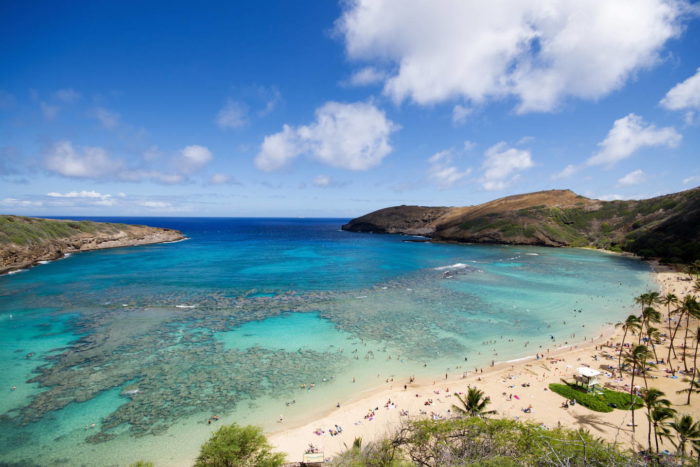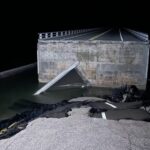Hit The Beaches in Hawaii … Carefully.
Locals here in Hawaii understand that the ocean can be very dangerous. The words of warning you hear all the time are “Never turn your back on the ocean.” Excellent advice because when there’s moderate surf, an extra-large wave can come along and knock down someone walking on the beach or, when receding, pull a weak swimmer farther out from shore.
Visitors are really the problem, of course. Most are unfamiliar with our beaches, many don’t swim very well, and some have never even seen an ocean before. The three county governments here provide life guards at all the public beaches and they have their hands full, even on what appear to be calm days.
I recently came across some interesting statistics in a report on water safety here. On the island of Oahu for the year 2014, there were 2,752 recorded water rescues, an average of almost eight every day, and that number does not include the “casual assists” the lifeguards don’t bother recording.

Interestingly, by far the most rescues took place at Hanauma Bay, where the water inside the reef is mostly 3-to-5-feet deep and very calm. Even in those conditions, there were 557 rescues.
Hanauma Bay is a very popular spot for visitors who rent snorkeling gear and paddle around looking at the thousands of colorful tropical reef fish. The trouble is, most of these people have never snorkeled before. They get water in their snorkel, find their breathing obstructed, instinctively try to stand up, but can’t because they’re wearing fins. They fall back and thrash around, ingesting more sea water from the snorkel, and start to panic. At this point let’s just hope one of the life guards has spotted this person.
Other beaches present other problems. The waves rolling in at Sandy Beach are perfect for body surfing, but are extremely dangerous for the novice. The beach is wide and almost flat, and as a result the sand is very hard. Novice body surfers can get caught in a big wave as it’s breaking and slammed onto the hard sand. Back and neck injuries are not uncommon, some resulting in paralysis or even death. I know about Sandy Beach and would never dream of swimming there, let alone doing any body surfing. But tourists, driving around the island, see only a beautiful beach. The lifeguards at Sandy earn their pay.
Part of the problem is that most of the guide books just tell visitors how to get to these various beaches and will simply say that Kailua Beach is where to go for wind surfing and that Sandy Beach is known as the best beach for body surfing. In fact, Hanauma Bay, where more water rescues occur than at any other beach on Oahu, is listed in one prominent guide book under “Safest Beaches to Take Your Kids.” Yes, it IS safe for your kids. But watch ‘em like a hawk. And never turn your back on the ocean.




